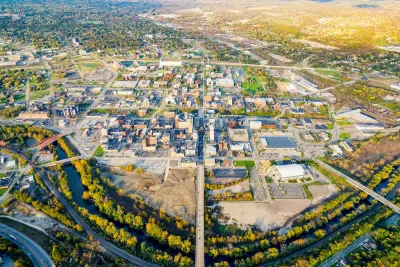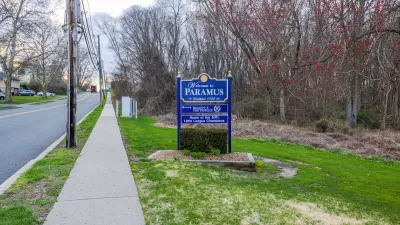Northeast Ohio is the last remaining bastion of housing affordability, according to an analysis from the National Association of Realtors.

Before the Covid-19 pandemic, 20 U.S. states were considered affordable home-buying markets for most households. Today, just two metro areas remain ‘affordable’ by that definition issued by the National Association of Realtors — and no entire states fit the bill. “Since the pandemic, two states, Montana and Idaho, have surpassed California as the most unaffordable states for local homebuyers, according to the analysis. Hawaii and Oregon round out the list of the five least affordable states.”
One of those regions is northeast Ohio, explains Tim Henderson in Stateline. “Youngstown is one of the last two metro areas in the country where a household with nearly any income should be able to find a single-family home they can afford to buy, according to an analysis of April data by the National Association of Realtors.”
According to the analysis, the Los Angeles metropolitan area, where the median single-family home price has surpassed $1 million, was the least affordable, while Youngstown and Akron rated as the most affordable. Montana and Idaho are the least affordable states, with housing prices exploding in both as remote workers flock to the region.
“Home prices have increased by 47% nationwide just since 2020, according to a June report by the Harvard Joint Center for Housing Studies. A major factor is that there aren’t many homes for sale.” Around the country, cities and states are looking to zoning reform as one avenue for boosting the housing supply to meet demand and promote denser development that could drive down the cost of housing.
FULL STORY: The nation’s last refuge for affordable homes is in Northeast Ohio

Manufactured Crisis: Losing the Nation’s Largest Source of Unsubsidized Affordable Housing
Manufactured housing communities have long been an affordable housing option for millions of people living in the U.S., but that affordability is disappearing rapidly. How did we get here?

Americans May Be Stuck — But Why?
Americans are moving a lot less than they once did, and that is a problem. While Yoni Applebaum, in his highly-publicized article Stuck, gets the reasons badly wrong, it's still important to ask: why are we moving so much less than before?

Research Shows More Roads = More Driving
A national study shows, once again, that increasing road supply induces additional vehicle travel, particularly over the long run.

Judge Halts Enforcement of Anti-Homeless Laws in Grants Pass
The Oregon city will be barred from enforcing two ordinances that prosecute unhoused residents until it increases capacity and accessibility at designated camping sites.

Advancing Sustainability in Los Angeles County Schools
The Los Angeles County Office of Education’s Green Schools Symposium brings together educators, students, and experts to advance sustainability in schools through innovative design, climate resilience strategies, and collaborative learning.

Using Old Oil and Gas Wells for Green Energy Storage
Penn State researchers have found that repurposing abandoned oil and gas wells for geothermal-assisted compressed-air energy storage can boost efficiency, reduce environmental risks, and support clean energy and job transitions.
Urban Design for Planners 1: Software Tools
This six-course series explores essential urban design concepts using open source software and equips planners with the tools they need to participate fully in the urban design process.
Planning for Universal Design
Learn the tools for implementing Universal Design in planning regulations.
City of Moreno Valley
Institute for Housing and Urban Development Studies (IHS)
City of Grandview
Harvard GSD Executive Education
NYU Wagner Graduate School of Public Service
City of Cambridge, Maryland
Newport County Development Council: Connect Greater Newport





























